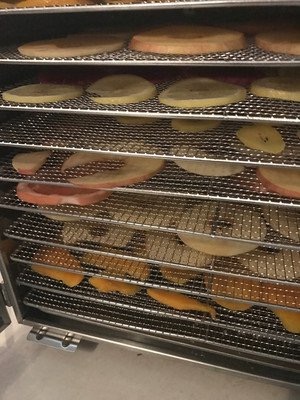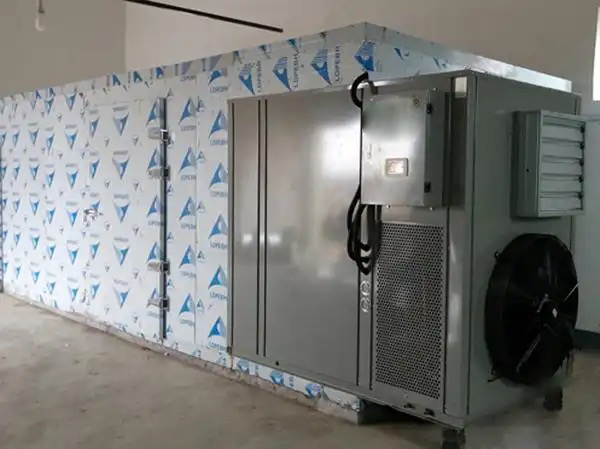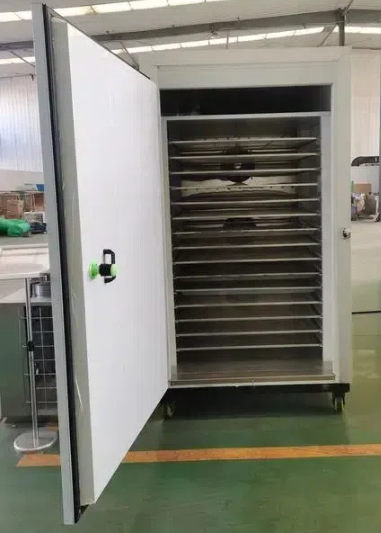
Content Menu
● Introduction
● Understanding the Basics
>> What is a Heat Pump Dryer?
>> What is a Condenser Dryer?
● Key Differences Between Heat Pump and Condenser Dryers
>> 1. Energy Efficiency
>> 2. Drying Temperature
>> 3. Drying Time
>> 4. Initial Cost vs. Long-Term Savings
>> 5. Maintenance Requirements
● Pros and Cons of Each Dryer Type
● Additional Considerations
>> Environmental Impact
>> Noise Levels
>> Size and Capacity
>> User Experience
● Conclusion
● Frequently Asked Questions
>> 1. What is the main difference between heat pump and condenser dryers?
>> 2. Are heat pump dryers more expensive to run?
>> 3. How long does it take to dry clothes in each type of dryer?
>> 4. Can I install both types of dryers anywhere in my home?
>> 5. Which type of dryer is better for delicate fabrics?
Introduction
In the world of laundry appliances, the choice between a heat pump dryer and a condenser dryer can significantly impact your energy consumption, drying efficiency, and even the longevity of your clothes. As a manufacturer of food drying machines in China, we understand the importance of selecting the right equipment for specific needs. This article will delve into the differences between these two types of dryers, focusing on their operational mechanisms, energy efficiency, costs, and overall performance.

Understanding the Basics
What is a Heat Pump Dryer?
A heat pump dryer is an advanced appliance that utilizes a heat pump system to dry clothes. It works by extracting moisture from the air within the drum and recycling that air to maintain a consistent temperature throughout the drying process. This method not only conserves energy but also operates at lower temperatures, making it gentler on fabrics.
What is a Condenser Dryer?
In contrast, a condenser dryer operates by heating air to high temperatures using an electric heating element. The hot air is circulated through the drum to evaporate moisture from clothes. The resulting steam is then condensed back into water and collected in a tank or drained away. While this method allows for quicker drying times, it consumes more energy and can be harsher on fabrics.
Key Differences Between Heat Pump and Condenser Dryers
1. Energy Efficiency
One of the most significant differences between heat pump dryers and condenser dryers is their energy efficiency. Heat pump dryers are designed to use about half the energy per load compared to condenser dryers. This is primarily due to their ability to recycle hot air instead of generating new heat continuously.
2. Drying Temperature
Heat pump dryers operate at lower temperatures (around 50°C), which helps protect delicate fabrics from damage and shrinkage. In contrast, condenser dryers can reach temperatures of 70-75°C, which may lead to faster drying but can also result in wear and tear on clothing over time.
3. Drying Time
While condenser dryers typically offer faster drying times (about 2 hours for an 8kg load), heat pump dryers may take longer (up to 2 hours and 45 minutes). However, many users find that the gentler drying process of heat pump dryers results in better fabric care.
4. Initial Cost vs. Long-Term Savings
Heat pump dryers generally have a higher upfront cost than condenser dryers. However, their energy efficiency leads to lower operating costs over time, making them a more economical choice in the long run for frequent users.
5. Maintenance Requirements
Both types of dryers require regular maintenance, such as cleaning lint filters and emptying water tanks. However, heat pump dryers may need less frequent servicing due to their efficient design.

Pros and Cons of Each Dryer Type
| Feature | Heat Pump Dryer | Condenser Dryer |
| Energy Efficiency | High | Moderate |
| Drying Temperature | Low (gentler on clothes) | High (faster drying) |
| Drying Time | Longer | Shorter |
| Initial Cost | Higher | Lower |
| Operating Cost | Lower (saves money over time) | Higher |
| Maintenance | Less frequent servicing required | Regular maintenance needed |
Additional Considerations
Environmental Impact
When considering which type of dryer to purchase, it's essential to think about their environmental impact as well. Heat pump dryers are generally considered more eco-friendly due to their lower energy consumption. This not only reduces your electricity bill but also lowers your carbon footprint—an increasingly important factor for environmentally conscious consumers.
Noise Levels
Another aspect worth considering is noise levels during operation. Heat pump dryers tend to operate more quietly than condenser dryers because they do not rely on high-temperature heating elements that can generate significant noise during operation. If you live in an apartment or have a laundry room near living areas, this could be an important consideration.
Size and Capacity
Both types of dryers come in various sizes and capacities. It's crucial to choose a model that fits your space while meeting your laundry needs. Heat pump dryers may be slightly bulkier due to their additional components but are available in compact designs for smaller spaces.
User Experience
User experience can vary significantly between heat pump and condenser dryers. Many users report that heat pump dryers provide better care for their clothes over time due to lower drying temperatures and gentler handling of fabrics. Additionally, features like moisture sensors in modern heat pump models allow for more precise drying cycles, which can prevent over-drying—a common issue with condenser models.
Conclusion
When deciding between a heat pump dryer and a condenser dryer, it ultimately comes down to your specific needs and usage patterns. If you prioritize energy efficiency and fabric care, a heat pump dryer is worth the investment despite its higher initial cost. Conversely, if you need quicker drying times and are on a tighter budget, a condenser dryer may be more suitable.In conclusion, understanding the differences between these two types of dryers can help you make an informed decision that aligns with your laundry habits and financial considerations.

Frequently Asked Questions
1. What is the main difference between heat pump and condenser dryers?
The main difference lies in their energy efficiency and drying temperatures; heat pump dryers recycle hot air at lower temperatures while condenser dryers use high temperatures for faster drying.
2. Are heat pump dryers more expensive to run?
Yes, heat pump dryers are generally cheaper to run due to their energy-efficient design compared to condenser dryers.
3. How long does it take to dry clothes in each type of dryer?
Condenser dryers typically take about 2 hours for an 8kg load, while heat pump dryers may take up to 2 hours and 45 minutes.
4. Can I install both types of dryers anywhere in my home?
Yes, both types do not require venting outside; they can be installed in various locations as long as there is access to electricity.
5. Which type of dryer is better for delicate fabrics?
Heat pump dryers are better for delicate fabrics as they operate at lower temperatures, reducing the risk of damage or shrinkage.












